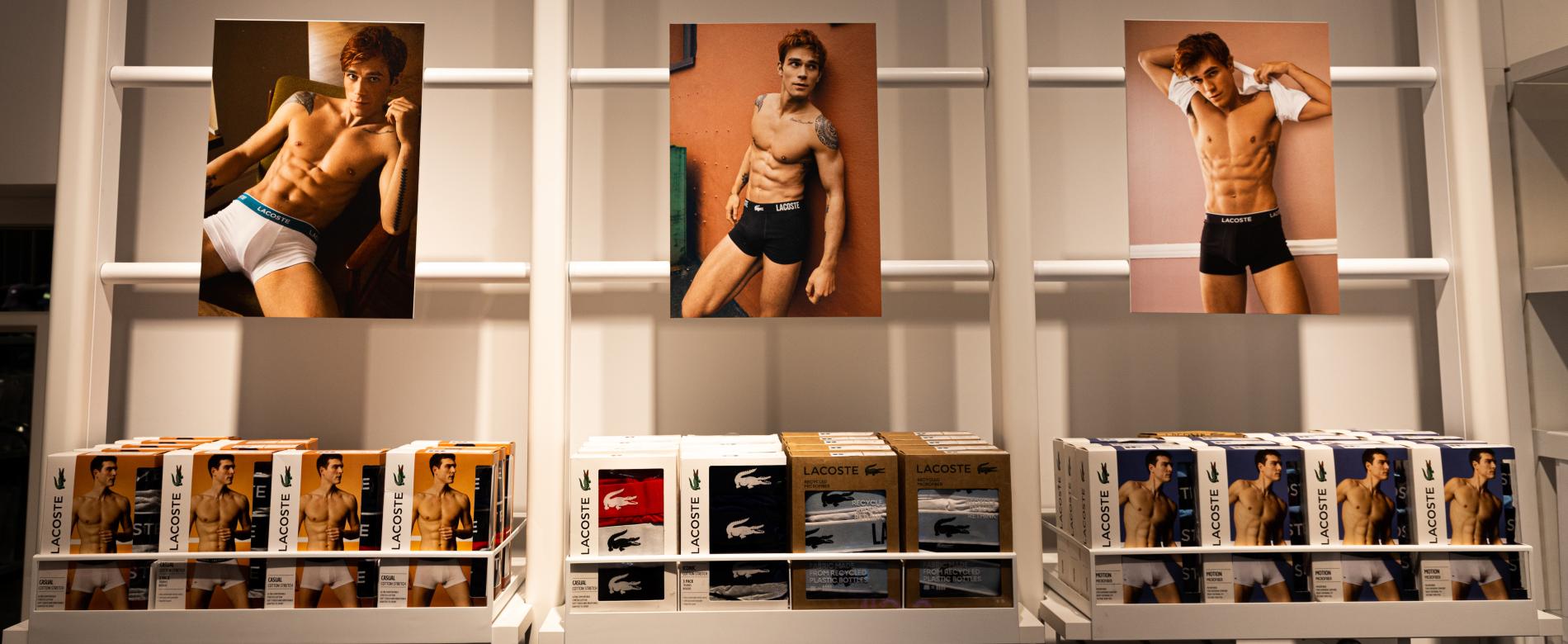Five Questions Every Retailer Should Ask Before Their Next POS Tender
Point-of-sale (POS) isn’t just décor - it’s a frontline sales tool. It shapes brand perception, supports promotions, and drives impulse decisions.
But too often, POS tenders are awarded on the basis of unit price rather than total value delivered. That can leave buyers with suppliers who tick the procurement boxes but fall short when the campaign goes live.
To avoid that, here are five questions that will sharpen your next POS tender - ensuring your supplier is equipped to deliver at the scale, speed and quality today’s retail environment demands
1. Can They Deliver at Scale - Consistently?
It’s one thing to produce PoS for 20 stores; it’s another to execute flawlessly across 200, 500, or more. As campaigns scale, so does the risk of inconsistency: colours drifting off-brand, elements missing, or stores left waiting on installs. Inconsistency doesn’t just frustrate store managers - it fragments the customer experience, which weakens the campaign ROI.
What to probe in a tender:
- Examples of campaigns delivered across comparable store estates.
- Evidence of multi-site production capacity (more than one print facility).
- Systems for colour control and quality checks across large runs.
Evidence in practice:
A national rollout spanning more than 500 stores was executed with full brand consistency - every location receiving on-time delivery and identical campaign graphics. Another programme, covering close to 300 outlets, required strict colour control across multiple substrates; detailed QA processes kept the finished displays identical across the estate.
2. How Do They Handle Deadlines and Pressure?
Retail calendars are non-negotiable. Christmas, Back-to-School, Black Friday - you can’t move them. A supplier who buckles under pressure can derail entire campaigns. And the cost isn’t just operational - it’s financial. If POS arrives late, promotions start without support, and sales are lost forever.
What to probe in a tender:
- How suppliers resource seasonal peaks.
- Their track record with deadline-critical campaigns.
- Contingency planning - what happens if something goes wrong?
Evidence in practice:
A set of high-profile campaign windows, launched in tandem with national marketing, went live on the dot - proof that deadline-critical rollouts can succeed without compromising execution quality. Seasonal activations, where missing the date would mean losing peak trading altogether, are also installed to schedule, even under the pressure of tight production windows and multi-site logistics.
3. What Quality and Compliance Standards Do They Work To?
POS is often installed in high-traffic environments - from department store atriums to shop windows on Regent Street. Safety and compliance aren’t optional extras; they’re legal and reputational essentials. A supplier without robust standards exposes retailers to risks: unsafe installs, poor material choices, or even regulatory fines.
What to probe in a tender:
- Which ISO standards or third-party accreditations the supplier holds.
- Processes for QA at every stage - design, production, installation.
- Examples where compliance requirements were critical to project delivery.
Evidence in practice:
Installations in high-profile environments, from international airports to flagship retail spaces, demand strict compliance with health and safety requirements. By working within accredited systems - ISO 9001 (quality), ISO 14001 (environment), ISO 27001 (information security), ISO 45001 (health & safety) and SafeContractor - projects of this kind are delivered without delays, safeguarding both customer safety and brand integrity.
4. Can They Manage Costs Without Compromising Impact?
Retail margins are under pressure. Buyers need to control spend, but the worst mistake is to chase the lowest unit price - because weak design or cheap materials cost more in the long run. The smarter approach is cost efficiency: modular designs that can be refreshed, sustainable substrates that reduce waste, and logistics strategies that avoid duplication.
What to probe in a tender:
- Examples of cost savings achieved through smarter design, not cut corners.
- Ability to advise on materials that balance impact and budget.
- Transparency in pricing models (avoiding “surprise extras”).
Evidence in practice:
In flagship activations for premium retailers, modular display units and carefully specified materials created immersive environments that felt bespoke while remaining cost-efficient. The designs were built to refresh and reconfigure for future campaigns, protecting budgets while still delivering the premium look expected in competitive retail settings.
5. Do They Provide End-to-End Service or Just Pieces of the Puzzle?
POS is rarely a straight line. Creative concepts, prototyping, production, logistics, installation - there are dozens of handovers where errors creep in. A fragmented supply chain multiplies risk. An integrated supplier can smooth the entire journey, removing points of failure and giving buyers a single point of accountability.
What to probe in a tender:
- Whether the supplier offers concept-to-install capability.
- Project management experience for complex rollouts.
- Waste management and end-of-life recycling (to close the loop).
Evidence in practice:
A technically demanding hoarding build, involving over 1,000 fabricated components and spanning hundreds of square metres of frontage, was delivered seamlessly through integrated design, production and on-site installation. By keeping the entire process under one roof, the project avoided the delays and inconsistencies that often come with fragmented supply chains.
Closing the Tender Gap
The next time you prepare a POS tender, think beyond cost. The suppliers who stand out will be the ones who can demonstrate scale, deadline discipline, compliance rigour, cost efficiency, and end-to-end accountability.
These are the factors that determine whether POS elevates your customer experience - or lets it down. At Service Graphics, we’ve proven we can deliver reliably for national rollouts and high-profile activations alike. If you’re preparing your next tender, make sure these five questions are on the table - and include us in the process.

